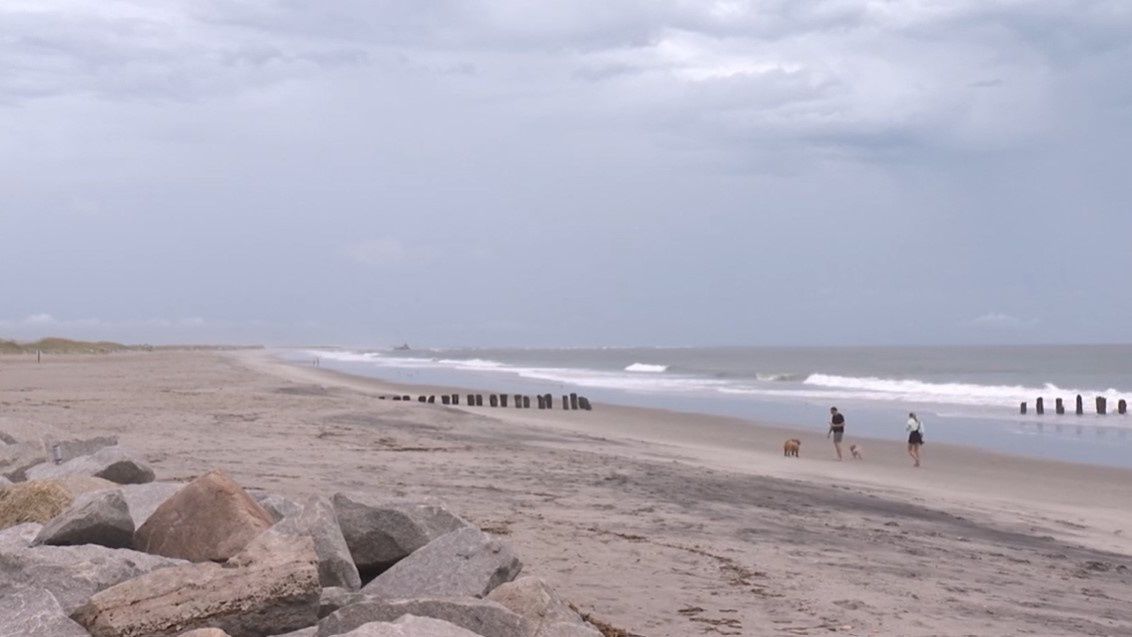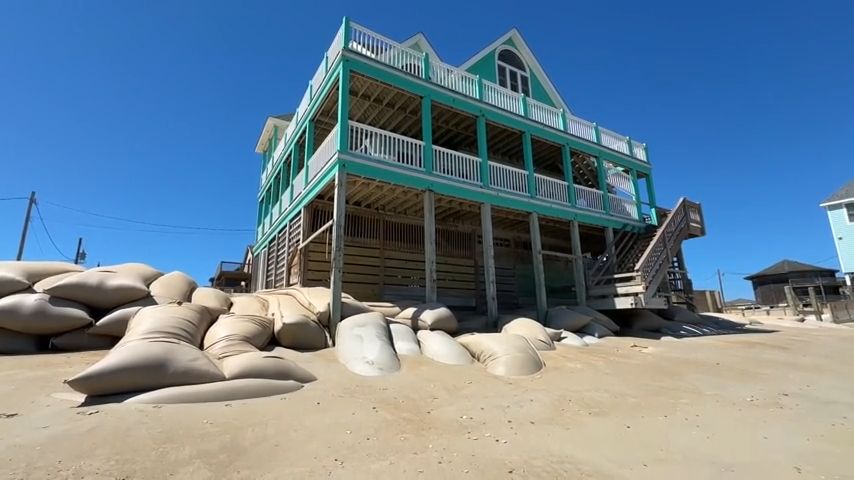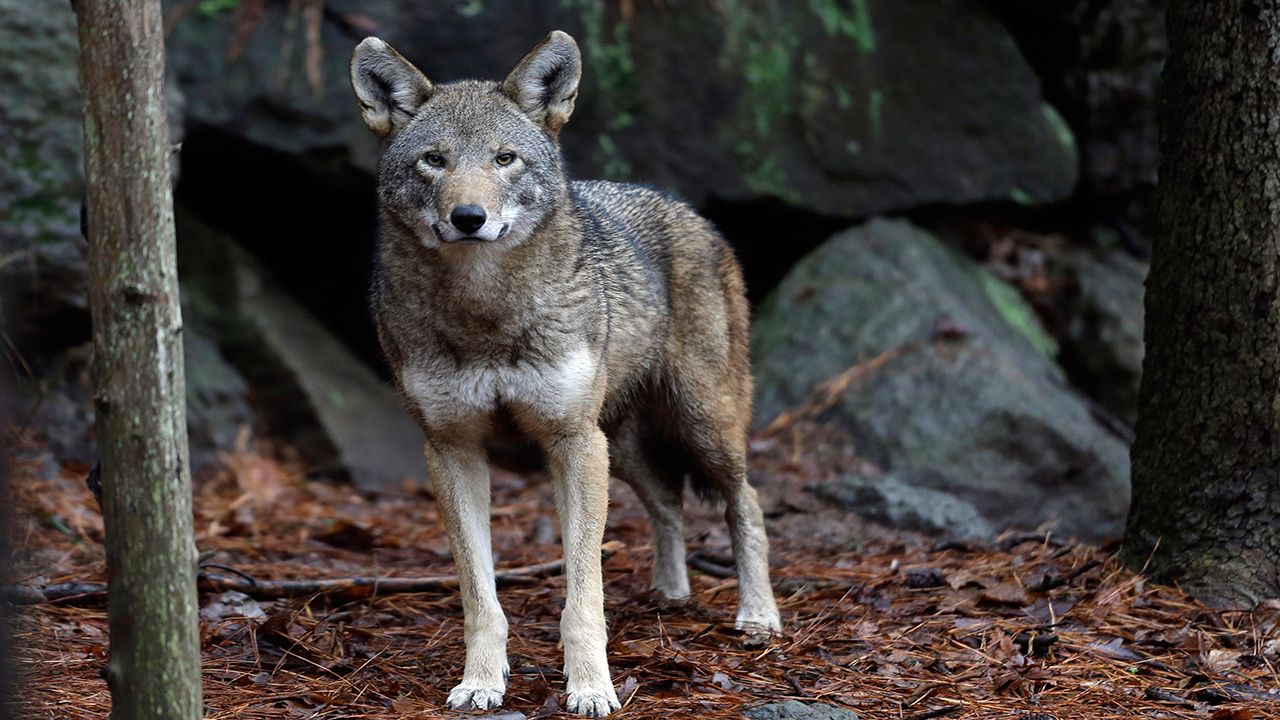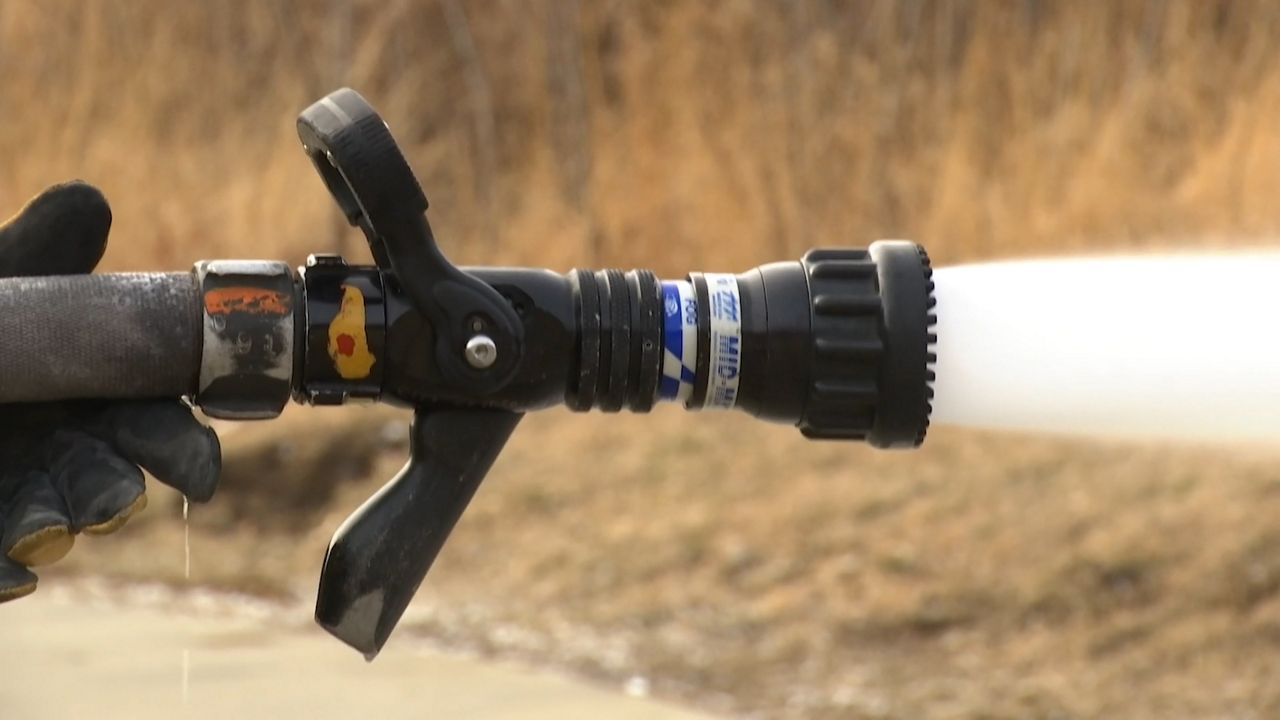WILMINGTON, N.C. — The City of Wilmington is in the process of removing several diseased and dying trees throughout the city, 18 of which are on Market Street, a main entrance into the city’s downtown area.
It’s a decision that was made in an effort to prevent future damage to the area and its residents, but some aren’t happy with the decision.
Garion Brodeur, a photographer from the area, said he’s sad to see the trees go. The laurel oaks lining Market Street have served as a charming entrance into the heart of downtown Wilmington for decades.
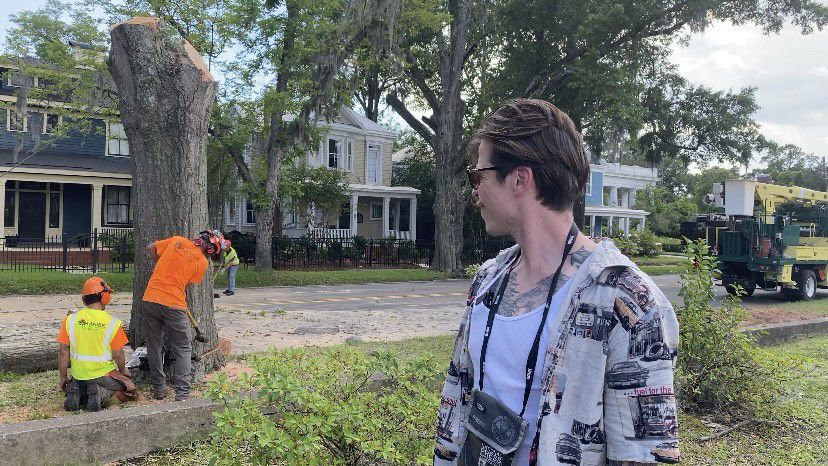
“Once this charm is gone, it can’t really be replaced for another 100 years,” Brodeur said. “Decades of work.”
The city said removing the trees is necessary, as they now post a safety risk.
The trees in question have heart rot, a fungal infection that can cause the trunk or branches to break — something likely to happen during a tropical storm or hurricane.
Brodeur, however, wonders if removing these trees now could cause even more hurricane damage.
“So we’re taking down the trees to prevent damage ahead of time,” Brodeur said. “But trees also prevent damage from hurricanes.”
Spectrum News 1 meteorologists are expecting higher than average activity this hurricane season, and Brodeur worries what losing these trees could mean for his city.
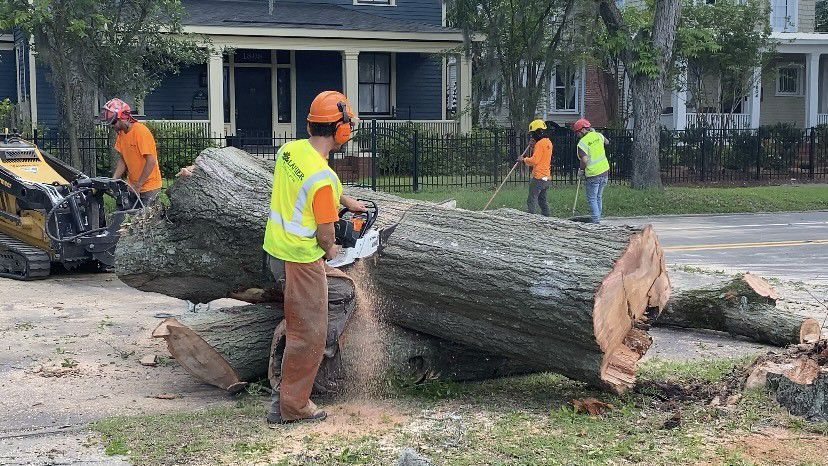
The Arbor Day Foundation says trees can play a big part in preventing flooding, by slowing the rain water down, binding the soil together, absorbing the water and even helping buy time for evaporation to occur.
Regardless of what physical effect this loss could have, Brodeur is just sad to see them come down.
“I don’t know, to me it seems like we’re cutting off a little part of Wilmington,” Brodeur said. “Or a part of it’s dying.”
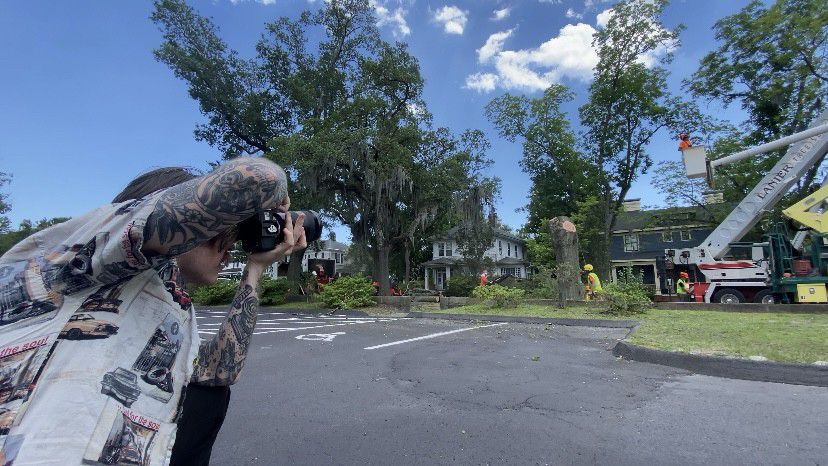
That’s why he’s photographing the project, he’s hoping to capture the last moments of these trees that have come to define his home.
“This is a historic moment,” Brodeur said. “If this is a defining charm or characteristic of Wilmington, we’re losing it, and it’s not coming back. It’s a once in 100-year thing, so it feels silly not to photograph something that is so central to the charm of the city I grew up in.”
Spectrum News 1 also spoke with the Alliance for Cape Fear Trees about the decision, the nonprofit said that the city has done its due diligence in making the decision to cut down the trees, as unfortunate of a decision as it is, saying in part:
“… The Alliance for Cape Fear Trees shares everyone’s sense of loss with these trees coming down on Market Street. Like all living things, they have a lifespan, and we have learned a lot about planting trees and replenishing our urban canopy …”
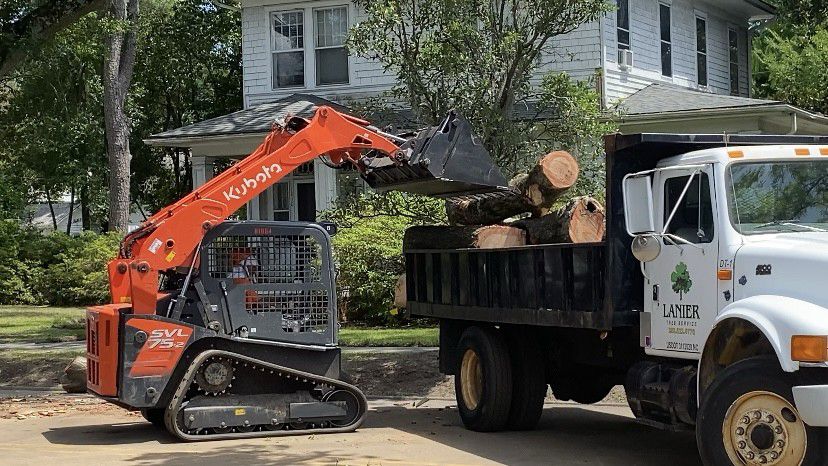
The city expects the project to be completed by the end of the month, and the trees will be replanted in the area this winter.







